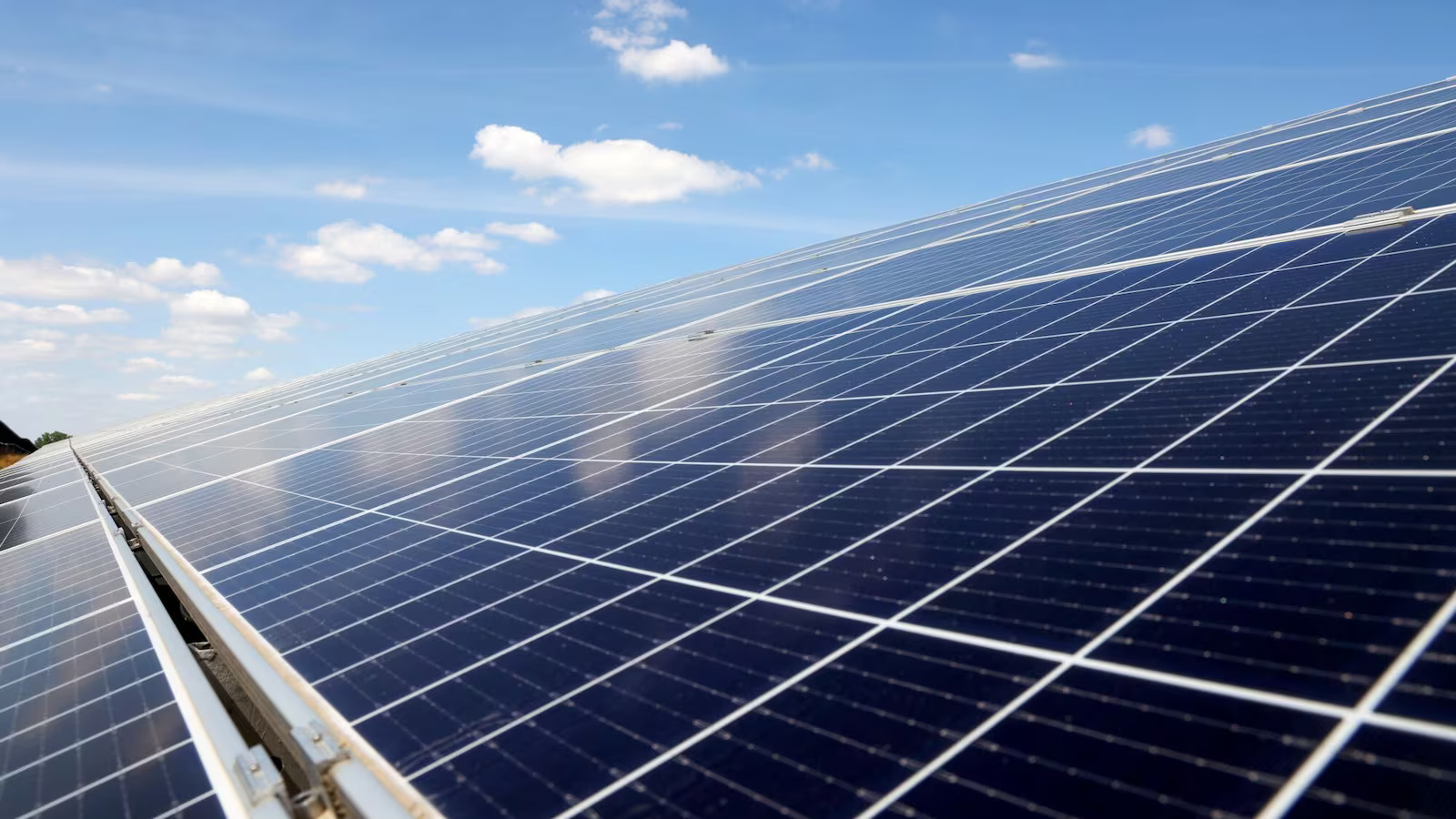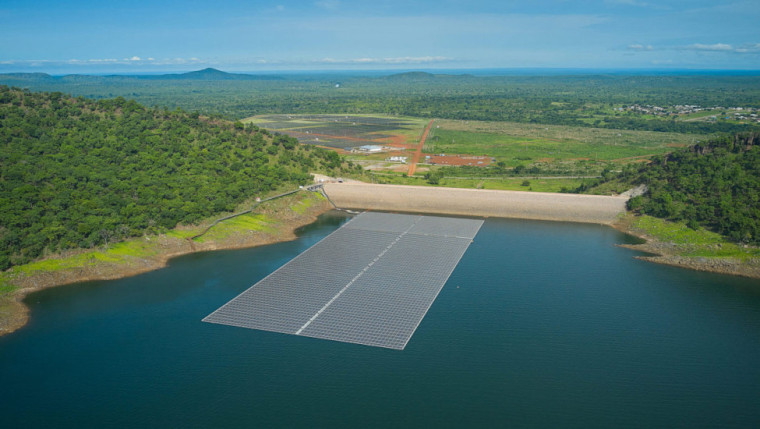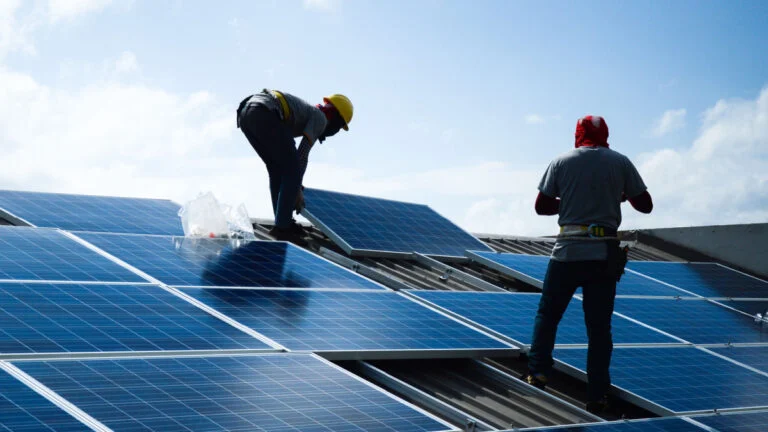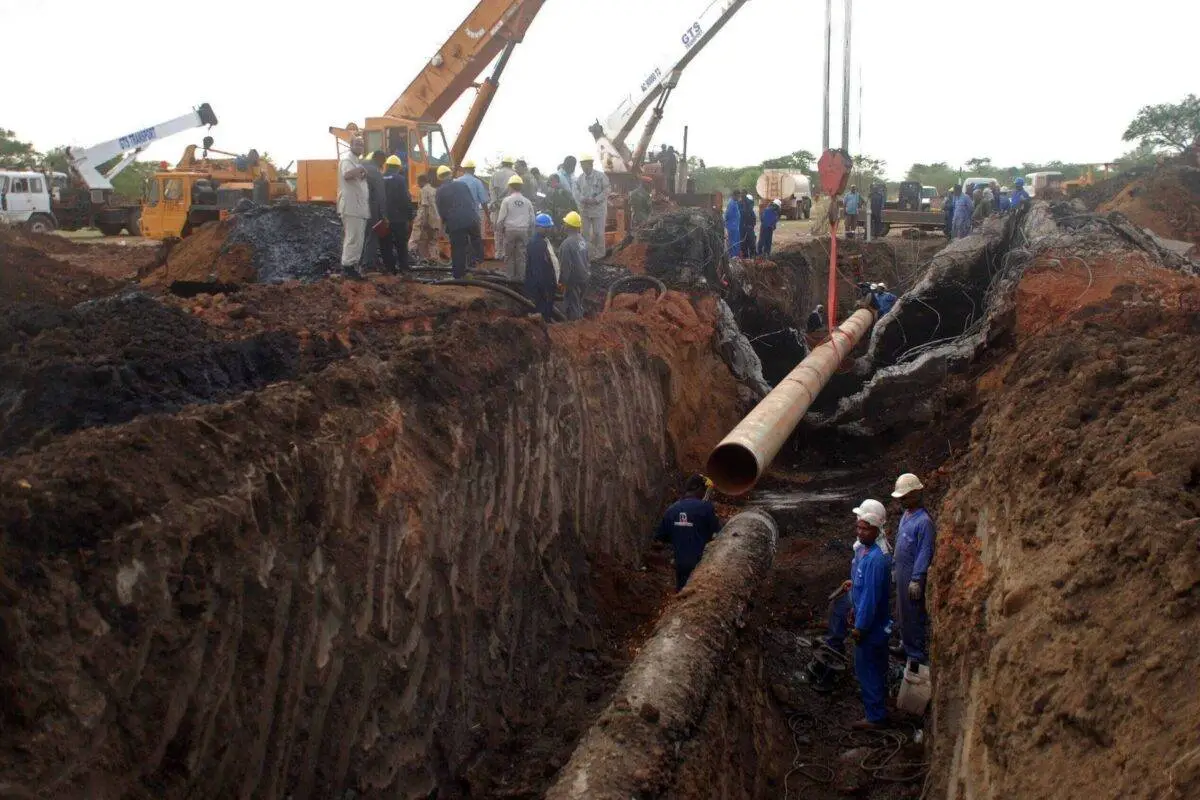Generation

South Africa's energy landscape’s dramatic turnaround
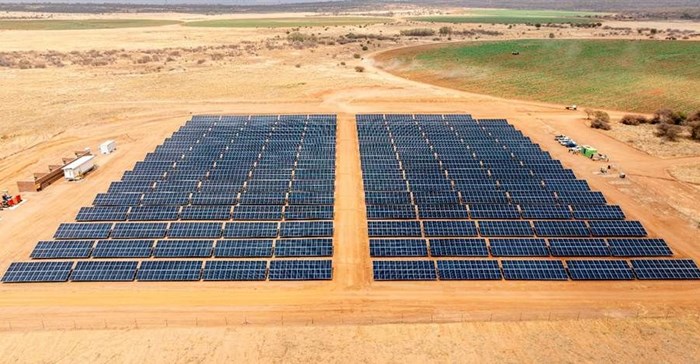
National Energy Month is a good time to look at South Africa's energy landscape’s dramatic turnaround that has moved it from crippling power shortages to a more resilient and diversified energy system as well as created thousands of jobs.
The Energy & Water Sector Education Training Authority (EWSETA) has thus far supported 3,657 unemployed learners with access to energy sector programmes.
Driven by bold policy reforms, improving Eskom performance and a surge in public and private renewable energy projects, the energy sector has moved it from crippling power shortages to a more resilient and diversified energy system.
Gains and progress
National Energy Month creates a moment to reflect on these gains as well as other signs of progress.
South Africa's energy crisis has primed the country to take advantage of global energy trends.
One example is the growing affordability and capacity of battery energy storage systems (BESS) solutions.
These make it more feasible for industrial, commercial, and public sector players to adopt hybrid energy solutions by combining several energy sources.
Over 4,400 megawatts (MW) of commercial and residential solar panels were installed locally by 2023, according to PwC.
By mid-2024, the amount of installed rooftop solar exceeded the output of Eskom's largest coal-fired power station.
Additionally, large-scale solar sites added 2,287 MW. Wind energy is another key contributor, generating over 46,480 gigawatt hours (GWh) annually.
Energy demands have also fast-tracked crucial policy development.
The new energy wheeling framework approved in March by the National Energy Regulator of South Africa (Nresa) will enable renewables to provide clean and affordable energy to the country.




